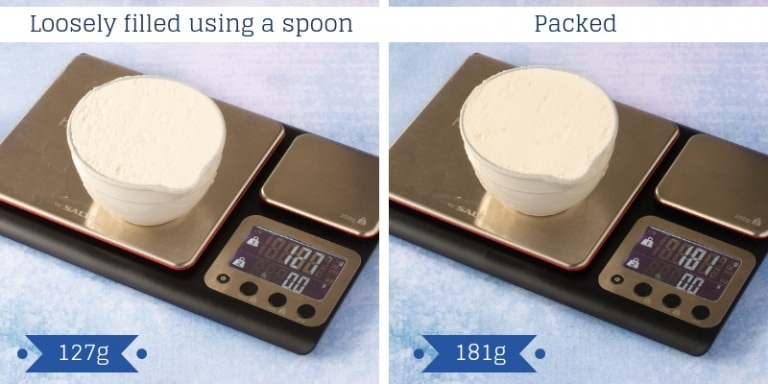

Cups to grams conversion for granulated sugar US CupsĬups to grams conversion for caster sugar/superfine sugar US CupsĬups to grams conversion for brown sugar US CupsĬups to grams conversion for coconut sugar US CupsĬups to grams conversion for icing/powdered sugar US Cups Or how much is 1 cup of sugar in grams? It depends upon what type of sugar you need to convert: white sugar, brown sugar, etc. Or how much is one cup of water in grams? 1 cup of water equals 237 grams. Select the ingredient that you are looking for to convert. Here are multiple conversion tables to convert cups to grams for the most common ingredients. There are 125 grams in a cup of all-purpose flour.There are 125 grams in a cup of powdered sugar.There are 200 grams in a cup of granulated sugar.How many grams are in a US cup? While 1 cup of different ingredients has different weights, the most common cup to grams conversions are: There are 400 grams in 2 cups of granulated sugar. How many grams are in 2 cups of granulated sugar? This principle should be applied to other cooking and baking ingredients. Since one cup of granulated sugar equals 200 g, to convert cups to grams, multiply the number of cups by 200, where 200 is a conversion factor for granulated sugar:įor all-purpose flour, where one cup equals 125 g of flour, the formula will look like this: Use the conversion tables below to help you with converting the most popular ingredients from ⅛, ¼, ⅓, ½, ⅔, and ¾ cups to grams. There is no single-gram equivalent for a cup because the formula considers the density of the ingredient. This is because one cup of each ingredient has a different weight.įor example, a cup of granulated sugar equals 200 g, while one cup of all-purpose flour equals 125 g. You need to know what ingredient you will convert to get the exact number of grams in one cup. Or, in other words, how much is a cup in grams? It is a good question, but cups and grams are not interchangeable units. Then use a metal spatula or the straight edge of a knife blade to level it even with the top of the cup.Gram is the most widely used unit for non-liquid ingredients in cooking and grocery shopping worldwide.Ī few countries, such as the United States, Myanmar, and Liberia, still use the Imperial measurement system instead of the metric one. Using a spoon or rubber spatula, scoop shortening out of can and pack into a dry (nested) measuring cup. With a sharp knife, carefully cut on the lines found on the stick wrapper. Keep in mind that shortening sticks contain one cup of shortening as compared to the 1/2 cup found in a stick of butter or margarine.

DO NOT use butter or margarine found in tubs, as it is not suitable for baking.

Then use a metal spatula or the straight edge of a knife blade to level it even with the top of the cup. Pack it into a dry (nested) measuring cup. To measure an unquartered, 1 pound block of butter or margarineĪllow butter to soften just slightly - DO NOT soften in the microwave, as it typically will become too soft. REMEMBER, one stick of butter or margarine is equal to 1/2 cup and not 1 cup! It is best to cut the butter while it is still at refrigerator temperature, as you will not get an accurate measurement if the butter is too soft. With a sharp knife, carefully cut on the lines found on the butter/margarine stick wrapper. If the recipe calls for less than 1/2 cup (8 tablespoons), count the number of tablespoons on the wrapping markings. We believe that this method will be less confusing to the many novice bakers who are just discovering the joys of baking! It is for this reason that Quaker lists fat measurements in recipes by the number of sticks, tablespoons (so that they can be "counted" on the stick of fat) and/or the weight. Shortening, on the other hand, contains 1 cup in a stick.

Planning to bake but don't know how much of an ingredient to purchase? This chart will help make shopping for baking ingredients a snap!įats are measured by sticks, by cups, by weight and by tablespoons - so it's no wonder many a baking mistake is made when measuring fats.įor example, a common error is to think that one stick of butter is equal to one cup. Small amounts of liquid ingredients should be measured in measuring spoons by carefully filling with liquid until it reaches the top of the spoon. Small amounts of dry ingredients should be measured in measuring spoons using the same technique used for dry measuring cups. They are sold in sets typically containing a 1/4 teaspoon, 1/2 teaspoon, 1 teaspoon and 1 tablespoon. Measure small amounts of dry and liquid ingredients, usually 3 tablespoons or less, in measuring spoons.


 0 kommentar(er)
0 kommentar(er)
